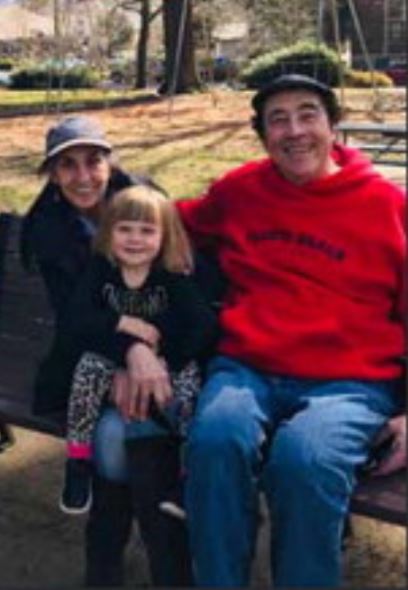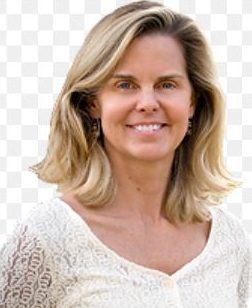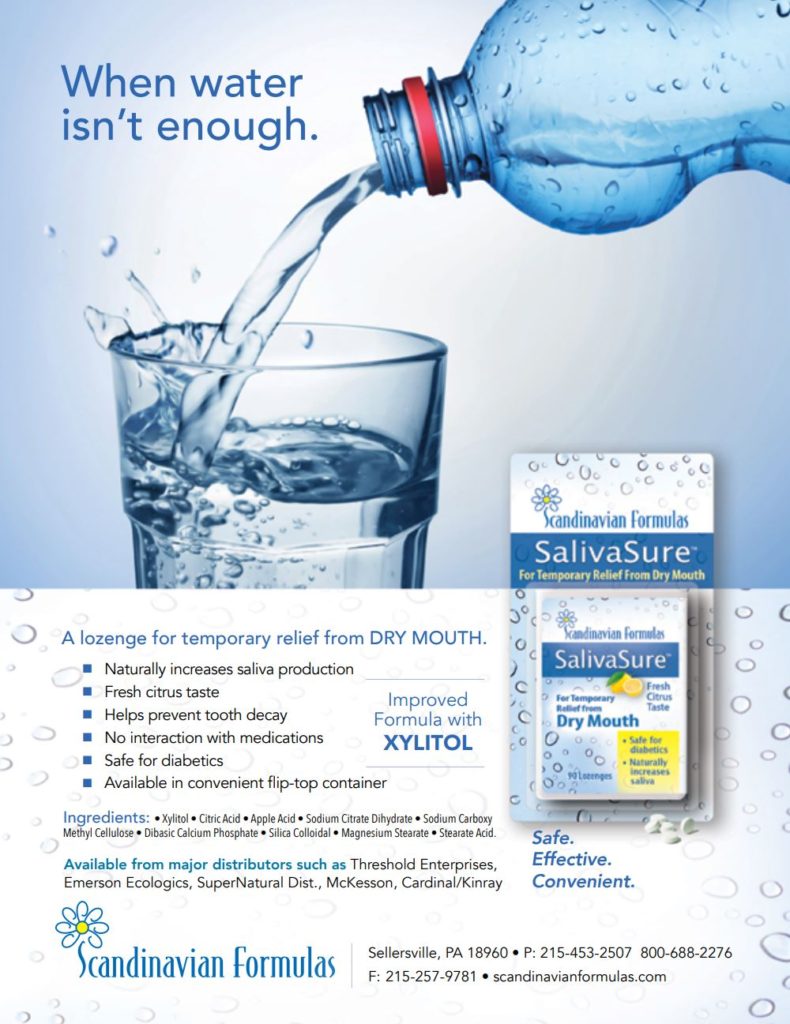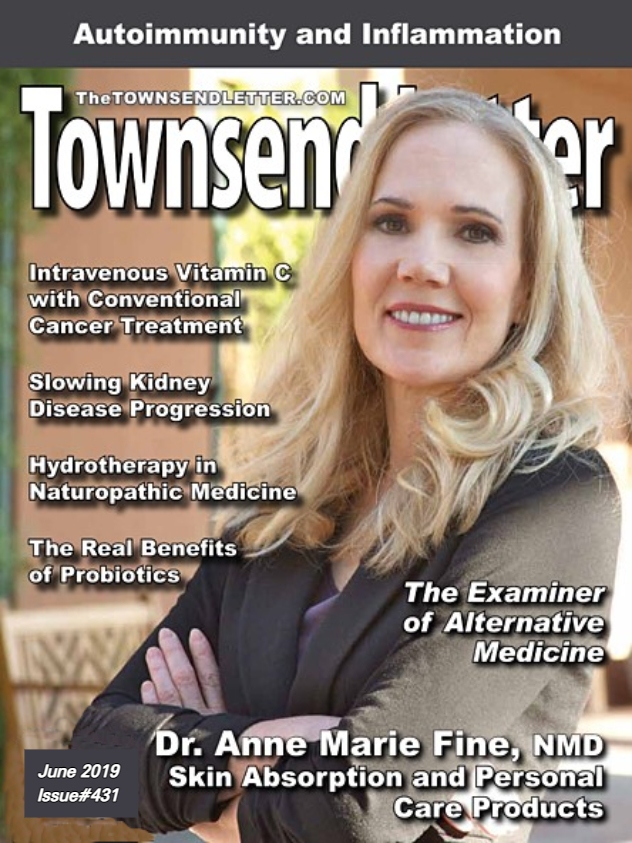
Letter from the Publisher
Sussanna Czeranko, ND’s Hydrotherapy in Naturopathic Medicine
The other day I treated myself to a day at the spa; well, not quite, it was what I could improvise at home. First, I sustained a 20-minute session on the vibration plate, a device that shakes you from side-to-side at variable speeds. My machine claims that you burn calories although I doubt that it runs up anywhere near the number that the stationary bicycle or elliptical machine will. However, much to the dismay of naysayers, everyone who gives it a fair trial notices relaxation of their musculature better than a hand-held massager but not quite as good as time with the masseuse. Next, I submitted myself to 30 minutes inside the infrared sauna unit. I set the temperature to 139 degrees F, and it took a good 10 to 15 minutes before the sweat begins to drip. By the time I was done, I was definitely ready to cool off. So, I prepared a cool bath—I’m not quite ready for the cold bath—to which I add some lavender and peppermint essential oil, hydrogen peroxide, and Epsom salts. I did follow that up with a cool shower and ended it with a short cold shower, then after donning a thick bath robe, lay down and napped for a brief time. From my perspective it did feel as energizing and relaxing as a day at the spa, and I look forward to treating myself to the same routinely. Make no mistake about it, however, if I have the opportunity to do a mud bath and massage at the spa in the future, I will jump on it.
In the summer of 2016 I was invited to speak at the Saskatchewan Association of Naturopathic Physicians meeting (which will be meeting again this June) at the pristine mineral lake of Manitou Beach. Sussanna Czeranko, ND, and her husband, David Schleich, hosted my wife, Deborah, and myself at their home close by the lake’s shore. Sussanna invited us and their other guests down for a dip at the lake each morning at 7 a.m. Manitou Lake is fed from underground springs maintaining its high mineral composition. Even though it was August, the water temperature was cold but became quite tolerable and embracing as one swam about. The immersion went on for 15-30 minutes, and then we emerged feeling invigorated, a sensation that lasted much of the day. When Sussanna and David retire from the National University of Natural Medicine this June, they plan to move from Portland to Manitou Lake where Sussanna will open her clinic and spa in the spatial home in which we sojourned. Dr. Czeranko will be employing a full range of hydrotherapy services, including much of what she writes about in the book she edited, Hydrotherapy in Naturopathic Medicine.
The book is one in a series of twelve books edited by Czeranko in the Hevert Collection. The books include Origins of Naturopathic Medicine, Philosophy of Naturopathic Medicine, Dietetics of Naturopathic Medicine, Principles of Naturopathic Medicine, Practice of Naturopathic Medicine, Vaccination and Naturopathic Medicine, Physical Culture in Naturopathic Medicine, Herbs in Naturopathic Medicine, Mental Culture in Naturopathic Medicine, Clinical Pearls of Naturopathic Medicine, Vol. I, and Clinical Pearls of Naturopathic Medicine, Vol. 2. The articles published in each of the books come from the journals and books of the NUNM Rare Book Collection on Natural Medicine in Portland, Oregon, the largest and most complete collection of its kind in the US and Canada. Czeranko informed me that she has seen another large repository of older naturopathic literature in Austin at the University of Texas, but access to it is restricted!
With twelve books to choose to review (one is still at press), why should I choose one on hydrotherapy? Perhaps, because of all naturopathic treatments and modalities, it is the one that is least prescribed and utilized. We begin the day with a shower or bath so what is so special about a soak in water? It’s a good question, and the writings of Benedict Lust, a New York naturopath practicing in the early 1900s, attempts to answer it in numerous articles in his journal, The Naturopath and the Herald of Health. Lust based much of his writing on the experiences of a German priest, Father Sebastian Kneipp, who established a major center for the water cure in a small German town in the late 1800s. Kneipp, in turn, based much of his thinking about the water cure on a book by Johann Hann, On the Power and Effect of Cold Water, written a century earlier in 1737. Kneipp was to miss observing much of the experiences of an Austrian peasant, Vincent Priessnitz, who is considered by many to be the Father of Hydrotherapy. A farmer in the town of Graefenberg, Austria, in the early 1800s, Priessnitz observed the healing powers of cold water with its attendant heating reaction. Without any formal education, Priessnitz began administering cold water treatments to one and all with astounding benefit in restoring health—so dramatic that local doctors tore apart his home searching for the hidden cure. The hoteliers in Graefenberg later housed all the sick and invalid individuals who sought Priessnitz’s water cure. Much of the therapies employed by Father Kneipp in his large center in Worshofen, Bavaria, were originally developed by Priessnitz including the wet sheet wrap, full bath, sitz bath, foot bath, and “douches” (showers). Father Kneipp’s water treatment ultimately led to thousands of Europeans undergoing the water cure despite the hostility of the medical profession. Much of Benedict Lust’s writing focused on Kneipp’s techniques administered in his spas in New York City; Butler, New Jersey; and Tangerine, Florida.
So, what is the answer to why hydrotherapy should offer so much to be a water cure, or a cure at all? The answer appears to be that cold water or cool water initially causing cutaneous and localized vasoconstriction leads shortly and immediately to vasodilation. It is the compensatory vasodilation or heat reaction that is sought and initiates the healing response. In patients with acute febrile illnesses, the brief cold-water immersion lowers the temperature. Those with chronic inflammation modify their inflammation with exposure to cold water whether under sheets, in a bath, or under a shower. Of course, the water cure was developed in a time before antibiotics, corticosteroids, NSAIDs, and related pharmaceuticals. Diets were often based on meat and potatoes or, in the poor, just the potatoes. The herbalist was visited infrequently. Doctors were very limited in resources; blood-letting was still practiced, tonics were peddled, and surgery was quite primitive. Water abundant everywhere, available cheaply, with no side effects was a perfect panacea. By the time Lust published his journal of naturopathy, spas across Europe and the US offered hydrotherapy to very accepting patients. Only when medicine sought to shut down naturopathic clinics and natural medicine treatments in the 1920s did hydrotherapy lose favor. Despite its inclusion in current naturopathic medicine education, hydrotherapy remains underutilized and ignored. Czeranko’s Hydrotherapy book amply explores its ins-and-outs in detail; her introduction details its history and major proponents. Why should we take up a technique that largely has been abandoned for a century? For one, it works; for two, it is non- toxic; and for three, it is a simple but effective alternative to drugs and surgery. The ND and the integrative health practitioner would be well served with a read of Czeranko’s book.
Jenna Henderson, ND, on Assessing Kidney Disease
Long-term readers will recall that Dr. Henderson has contributed four articles to our publication on diagnosing and treatment of kidney disease (please see our index on the website). Her practice has focused on naturopathic support for the patient with chronic nephrology, a specialty that is largely ignored by most of us because of the sheer difficulty in preserving, much less restoring nephron functioning. I am particularly pleased that the article she has written for this issue provides a “nuts-and-bolts” approach to measuring kidney pathology as well as offers an excellent overview of herbals and nutraceuticals that show in rodent experimentation incremental support of kidney filtration. I would keep a copy of this article in your review file—it will come in useful.
A few pearls that she offers: The eGFR and the creatinine provide important clues to kidney pathology but need to be weighed against interfering circumstances such as age, hydration, dietary protein consumption, and blood pressure status. Patients with chronic glomerulosclerosis may be living a charmed, asymptomatic life and then abruptly develop renal failure. Once the kidney is scarred restoration of filtration activity is very limited (perhaps one day stem cells may change this). Health food store supplements labelled as kidney formulations are usually directed at ameliorating cystitis or kidney stones but offer very little for maintaining nephron functioning.
Debby Hamilton, MD, MPH, on the Role of T Helper Cells in Autoimmunity
This issue of the Townsend Letter focuses on inflammation and its role in acute and chronic disease. We all have a general idea of what inflammation represents especially in acute injuries and infections, but how does inflammation manifest on a more chronic basis? Moreover, when we consider autoimmune conditions such as rheumatoid arthritis, multiple sclerosis, Hashimoto’s thyroiditis, and autistic spectrum disorder, how would we characterize the role of inflammation and immune dysfunctioning in causing and perpetuating the disorders? We often talk about various cytokines promoting inflammation while others calm it. Separating out two primary T helper cells, Th1 and Th2, provided a useful model to differentiate T-cell functioning.

Th1 cells were thought to primarily fight off intracellular viral infection, while Th2 cells were believed to attack extracellular bacterial or parasite invasion. The thinking was that if the Th1 and Th2 cells became imbalanced there would be immune dysfunction, with excess Th1 cells leading to autoimmunity and too many Th2 cells causing allergy and asthma. But this model failed because patients with autoimmunity, supposedly with a high Th1/Th2 ratio, were unable to fight off acute and chronic viral infections effectively. And not a few of these patients suffered with allergies thought to be related to excess Th2 cells.
As Dr. Hamilton discusses in part one of her two-part article, a new T helper cell was discovered in 2003, the Th17 cell. Now the balance is drawn between three Th helper cells and maintaining that balance is ever so much more complicated than just balancing two helper cells. The evidence points to those patients whose cellular function is overwrought with Th17 cells will suffer autoimmunity. And those patients not only have too many Th17 cells but also a low Th1/Th2 ratio susceptible to viral infection and allergy. While these helper cells are running amuck, it is unlikely that the all too important T regulator (T-reg) cells, the fourth of the T helper cells, are sufficient to dampen the intensive immune response driven by an overproduction of pro-inflammatory cytokines.
Hamilton’s article will give you an entirely new perspective on the immune system and inflammation.
Cover Story: Dr. Anne Marie Fine on the Skin as a Route of Entry for Toxins
When it becomes clear that a patient is loaded with toxins, my first recommendation is to ask him/her to initiate sauna treatment. Steam can be used but dry heat, infrared sauna, is perfect to induce sweating. Sweating is remarkable in unloading toxic chemicals and metals. A combination of exercise followed by sauna enhances the detoxification process dramatically. Chemical analysis of subcutaneous fat before and after a series of sauna treatments demonstrates a significant reduction of pesticides, solvents, plasticizers, and toxic metals. The skin serves as an excellent excretory organ but only under the stimulus of a vital circulation and heat to sweat out the toxins.
What we ignore is the opposite process. It should be no surprise, physiologically, that if the skin can excrete chemicals it can absorb chemicals as well. As functional medicine physicians, we employ this principle routinely with our prescriptions of bio-identical hormone creams. Hormone testing following daily application of hormones demonstrates a marked increase in hormone levels. However, if hormones are capable of being absorbed by the skin, so are the carrier excipients in the hormone cream. Moreover, our routine use of cosmetic products, containing a wide variety of chemicals to enhance cleansing and tonifying our hair and skin, can also be absorbed by the skin and enter our circulation. What is the outcome of years of use of cosmetic products on our system? How much of a toxic chemical burden are we subjected to by skin absorption?
Anne Marie Fine, NMD, examines the major chemicals that we absorb daily through routine cosmetic use. The most concerning ingredients are parabens, phthalates, and triclosan. Toxic metals are also indiscriminately employed: lead is found in lipstick and aluminum in most anti-perspirants. Not surprisingly the cosmetic industry utilizes carcinogenic chemicals that go largely unnoticed because chemicals like quaternium-15 and polysorbate appear to be innocuous.
Reproductive problems, early menopause, breast and prostate cancer, and metabolic syndrome may be initiated and exacerbated by chemicals derived from cosmetics. Shouldn’t we consider dermal toxicant absorption as part of our medical workup? Should we require chemical-free cosmetics as part of our medical prescription?









